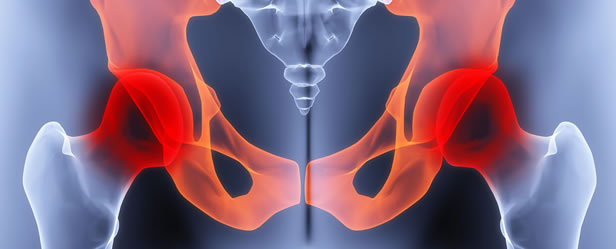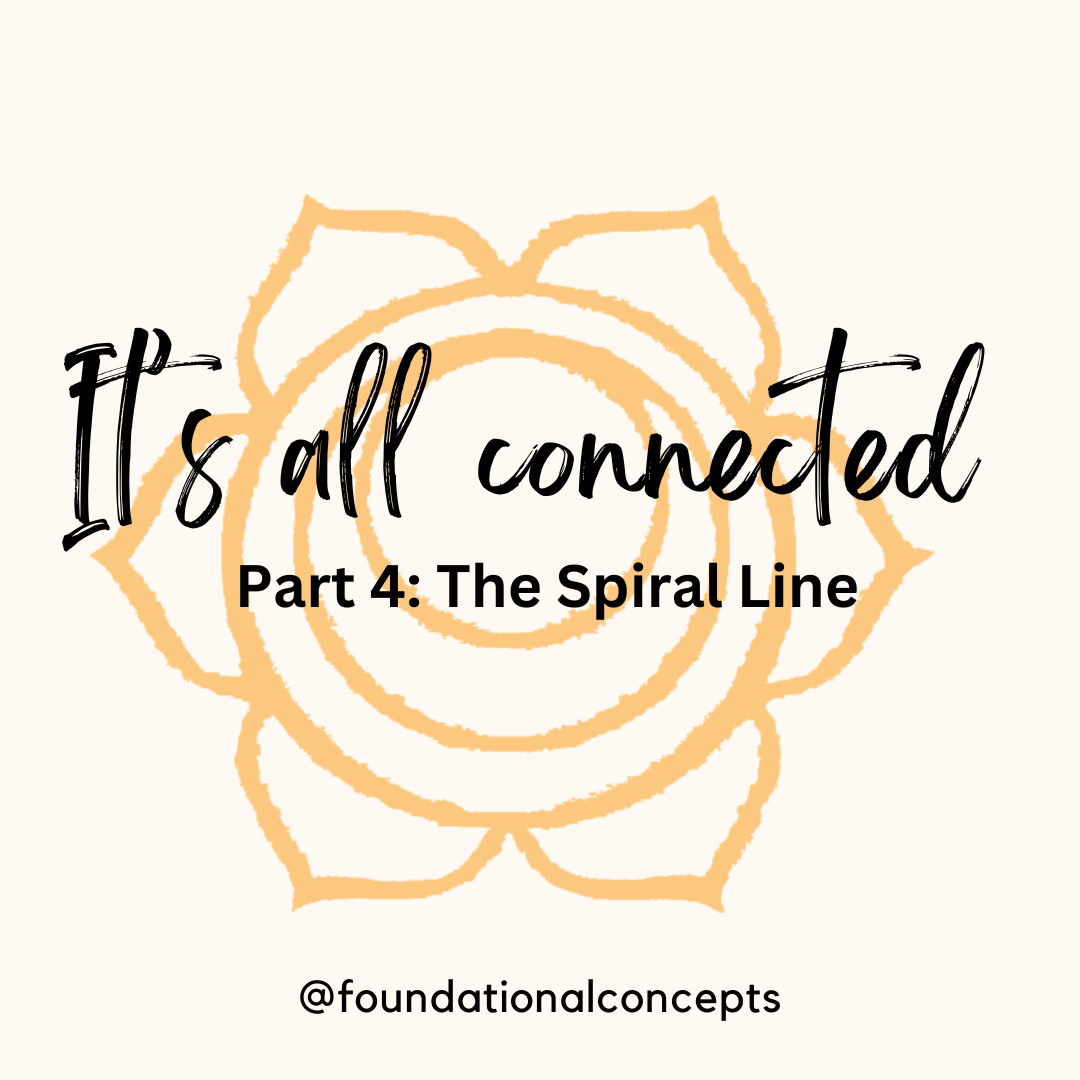In Pelvic Floor Physical therapy, as we look over our patients’ intake paperwork, one thing…

Chronic Pelvic Pain: De-Mystifying Referred Pain
Chronic Pelvic Pain is a challenge for health care providers of all specialties. The symptoms experienced by patients with pelvic pain vary drastically between individuals. This variety makes diagnosis and treatment difficult. Chronic Pelvic Pain is a costly disorder that affects nearly 1 in 5 women. There is a wide body of research looking at pain referral patterns throughout the body, but very few examine the pain referred from palpation of the intra-pelvic structures. Meaning vaginal assessment of the muscles of the pelvic floor. This study by Torstenson et al examined women with and without pelvic pain and established areas of referred pain from pelvic structures.
Referred pain is defined as pain perceived at a location that is not the origin of the pain. It is a well-known phenomenon. Knowledge of these referral patterns can help in determining the source of pain in women with pelvic pain, and can aid greatly in diagnosis and treatment. Research in this field has been looking at referred pain patterns all over the body, but none have really examined the referral patterns of the Pelvis in women with chronic pelvic pain. The information gathered in this study helps explain why this can be so complex to diagnose and treat.
When particular structures within the pelvis were touched by an examiner through a vaginal exam with light touch, each patient’s pain or sensation was mapped out on a “pain map”. Between every participant in the study, pain maps were gathered. One map for women with chronic pelvic pain and one map for women with no pelvic pain. The image below shows the different areas of pain felt with pressure on different structures within the pelvis. The image on the left represents women with chronic pelvic pain, on the right, women with no pelvic pain. It is hard not to be taken aback by the vast difference, and the large amount of areas these muscles can cause pain in. This allows us to see how structures other than organs, i.e. Uterus, ovaries, bladder or bowels, can contribute to chronic pelvic pain.
As high up as the base of the neck, and as low as the bottom of the feet, these musculoskeletal structures within our pelvis can send very confusing pain signals. When you feel pain in your knee, you think knee right? Maybe not. If you have had pain that has been screened by many disciplines, and no one is finding much, consider the pelvic floor. There are Physical Therapists who are specially trained to assess these structures and rule them in or out as a contributor to your pain.
It is important to consider all structures within the pelvic girdle and to better diagnose the cause of pain. Pelvic Floor Physical Therapy is able to palpate these muscles, bones and ligaments to determine if referred pain from these structures is a source of a patient’s pain. Through trigger point work, fascial release and muscle retraining, a pelvic physical therapist can rehabilitate the painful tissues, reduce pain and improve quality of life and daily function for patients who suffer from chronic pelvic pain. Often the pain is multi factorial, coming from varying structures. However, eliminating the musculoskeletal issues causing pain can greatly lessen the pain experience over all.
If you or someone you love is experiencing Chronic Pelvic Pain, our specialty trained physical therapists can help! We love getting to the bottom of the pain puzzle and helping women with chronic pelvic pain improve their function and enjoy life.
–Sarah Dominguez, PT, MSPT, CLT, WCS





